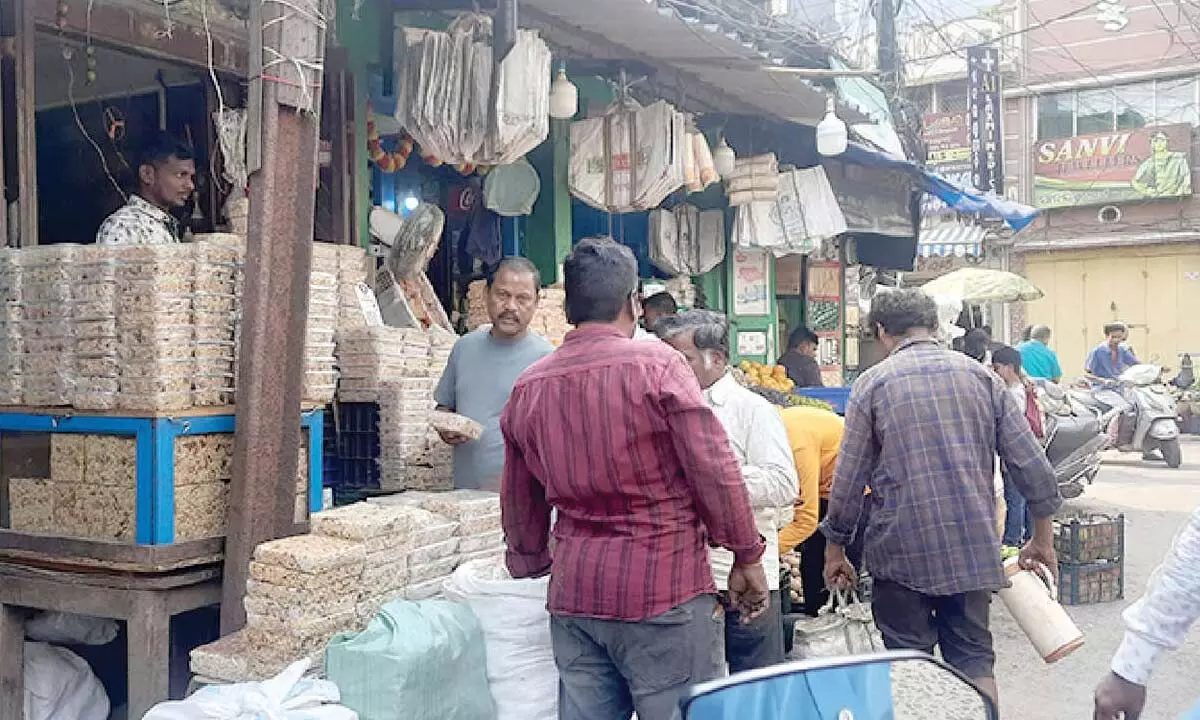Live
- Delhi LG raises alarm over delayed CAG reports, calls for special session on Dec 19-20
- Tamil Nadu govt allocates additional Rs 400 crore for Kalaignar housing scheme
- Ashwin's skill, match winning contributions to Indian cricket are second to none: Kohli
- Turkey takes additional measures at border gates to facilitate Syrians' return
- Real estate investments in India reach historic high at $8.9 billion in 2024: JLL
- Fake SC certificates issued in Delhi using illegal Aadhaar, claims BJP; demands CBI probe
- Kerala HC dismisses plea challenging donation of CPI-M leader's body to medical college
- BGT: Bumrah becomes leading wicket-taker in WTC 2023-25 cycle
- Vinicius Junior and Aitana Bonmati Win FIFA's The Best Awards 2024
- NIA chargesheets 2 aides of Khalistani terrorist Landa in Punjab terror conspiracy case









